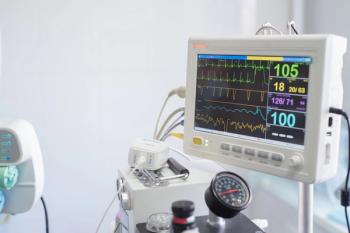
Update on managing HIV in pregnancy
It's imperative to identify more HIV-infected women earlier in pregnancy through HIV testing and to reduce mother-to-child transmission of the virus that causes AIDS.
Of course, managing HIV-infected pregnant women doesn't stop with antiretroviral therapy. Patient counseling about treatment before, during, and after childbirth is also critical. And although treating pregnant women and their infants with zidovudine (ZDV) has significantly reduced perinatal transmission of HIV, many potentially preventable infections still occur.
HIV testing The risk of perinatal transmission of HIV-1 has been reduced from 25% to less than 2% for a woman who is aware of her HIV infection early in pregnancy, thanks to antiretroviral therapy and appropriate obstetric intervention. Ideally, ob/gyns should offer all women an HIV test during the first prenatal visit so that those who test positive can begin treatment. The CDC recommends offering all pregnant women voluntary HIV testing not only then, but again to those who initially refuse testing. Also consider repeat testing of high-risk women in the third trimester.
Clinical trial data show that antiretroviral prophylaxis can reduce transmission by up to 50%, even when it's delayed until delivery and given to the newborn 4 To help the greatest number of newborns, routinely offer rapid HIV testing to women whose status is unknown during labor to reduce transmission even among women who wait to seek care until the onset of labor. The rapid HIV test kits now licensed in the US allow test results to be available in less than 20 minutes. Results from the OraQuick Rapid HIV-1 Antibody Test (OraSure Technologies Inc., Bethlehem, Pa.) can be read within 20 to 40 minutes and results from the Reveal Rapid HIV-1 Antibody Test (MedMira Labs Inc., Halifax, Nova Scotia) can be read in roughly 5 to 10 minutes.
Newsletter
Get the latest clinical updates, case studies, and expert commentary in obstetric and gynecologic care. Sign up now to stay informed.
















